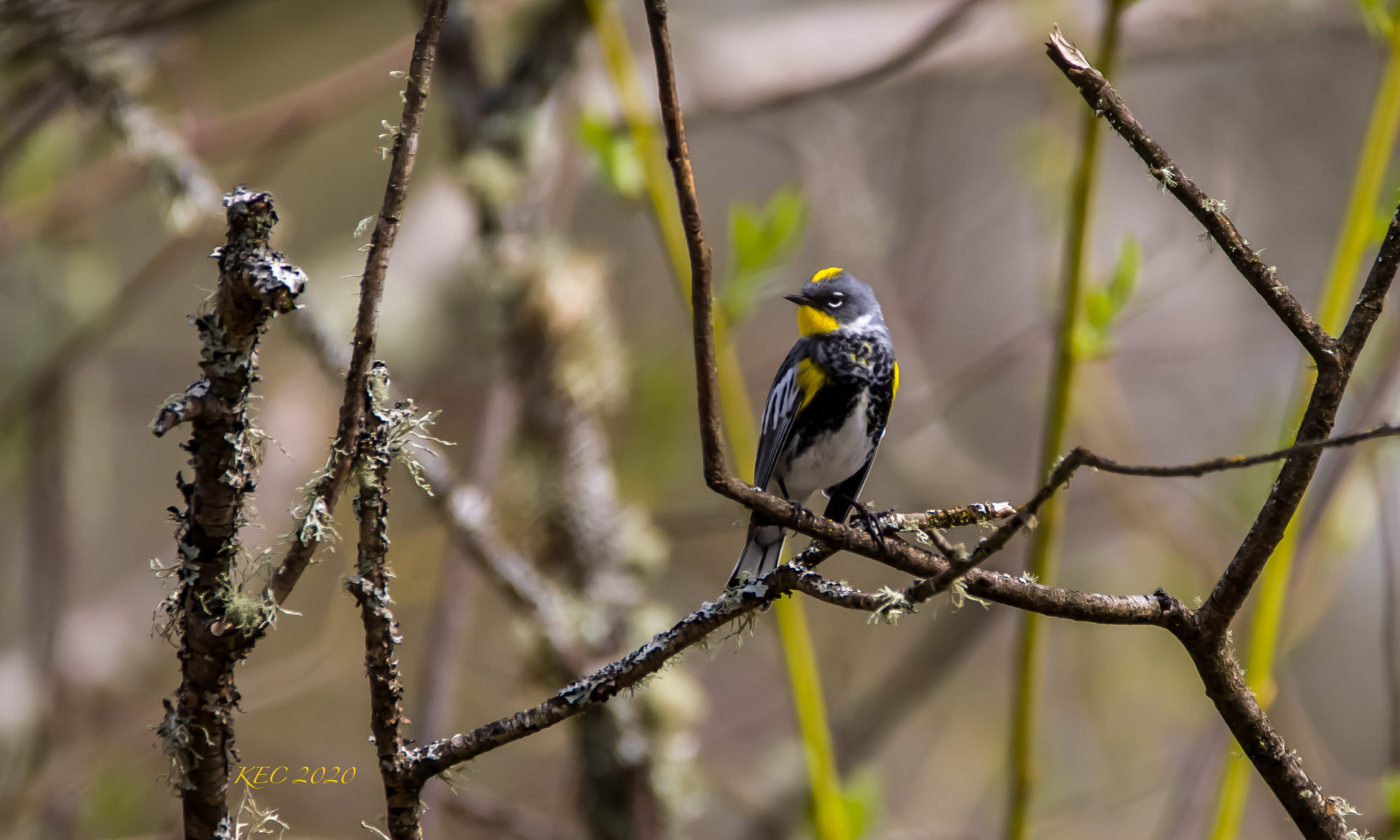Have you noticed a crazy number of little brown & white stripped birds with a flash of yellow on their wings who squabble like siblings and eat you out of house and home suddenly appearing in your yard? We are in the midst of the biggest Finch Irruption year since 2008. A “Finch Irruption” can include all kinds of birds that normally winter north of us in Canada. Birds like Pine Siskins, Goldfinches, Purple Finches, Grosbeaks (of various kinds), etc. These birds are normally in the Boreal forests of Canada, but because of several reasons (fires in BC, lack of food due to bug damage and low cone production etc) they are moving south in very large numbers looking for food sources. Large crops of spring and summer foods resulted in record large populations of these birds that then found food sources to be lacking in the fall and they started moving south in large numbers in search of food sources. This year is unusual as well as this irruption is occurring all across the US and is enabling many backyard birders to see birds that may not normal show up at their feeders.
The primary birds that we are seeing at our feeders are Pine Siskins, these very social birds are showing up in the hundreds and are inundating back yard feeders and can easily empty these feeders in record time. There are often a few Goldfinches (in winter olive gray plumage) mixed in, but the activity at a feeder might be so frenzied that it’s challenging to identify who is who at a feeder. One challenge with Pine Siskins is the fact that they often bring Salmonella to our feeding stations. For some yet unknown reason Pine Siskins are highly susceptible to salmonella outbreaks both in the wild and at our feeding stations. Salmonella is a highly contagious bacteria that is passed through fecal contamination and it is very important to keep your feeders clean to prevent it spreading.
What can you do to keep your birds safe?
Remove all tray and platform feeders (you can put them back out when the Pine Siskins leave).
Clean all feeders with a 10% bleach solution.
Clean under your feeders (high pressure hose, rake, etc and a 50/50 white vinegar/water solution are all great ways to clean).
If you have bird mortality occurring in your yard we recommend removing feeders for at least a week (make sure to clean with a 10% bleach solution prior to resuming feeding).
Make sure to wash your hands thoroughly when finished.
The Pine Siskins won’t stay around for ever, they will start moving back to the north soon. As they move north, our regular back yard visitors will return and our feeding stations will return to normal. Just a reminder, cleaning your feeders is always recommended on a regular basis in addition to feeding a high quality no mess food which will help your birds to maximize the nutrition that they receive from our feeders.

